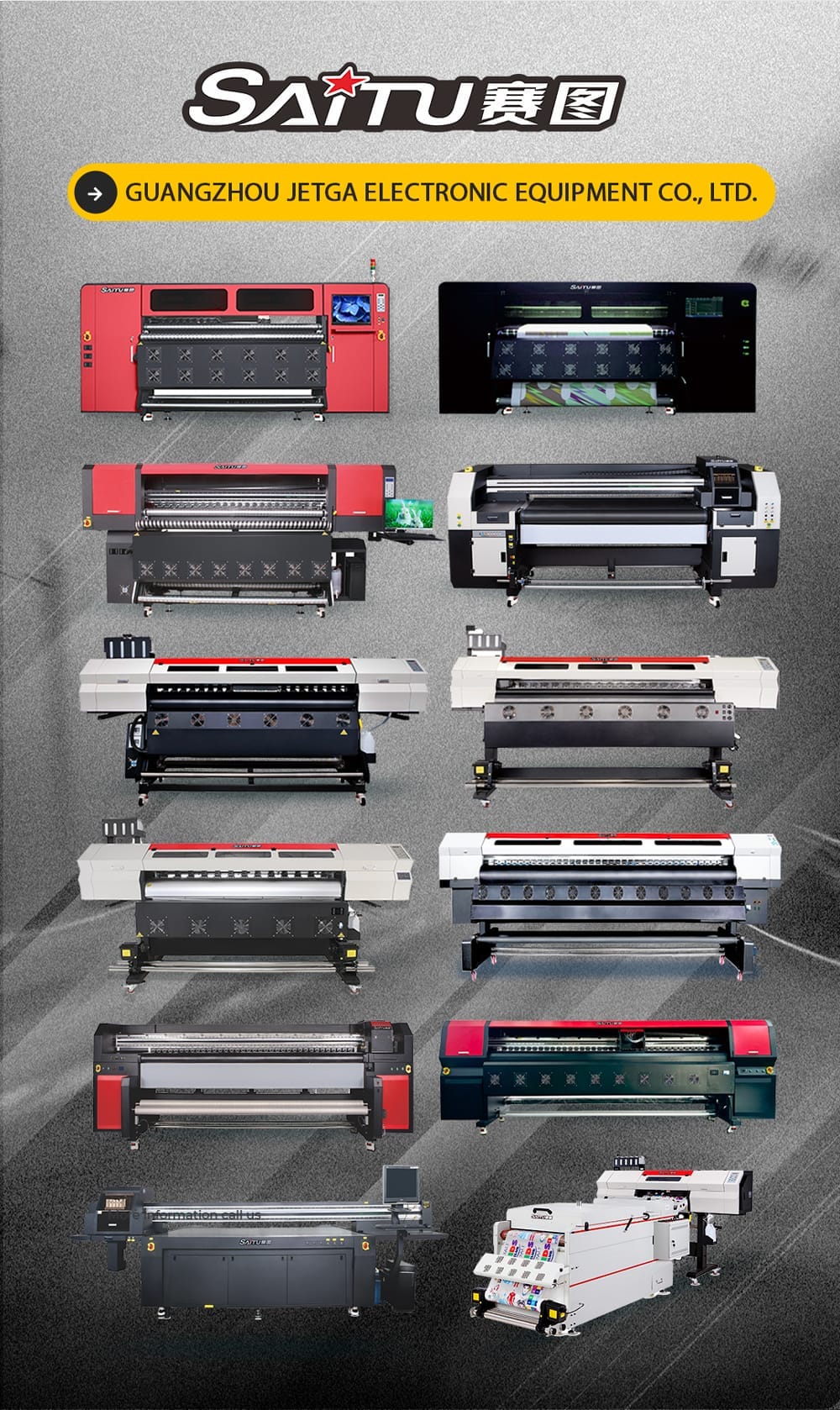In the ever-evolving landscape of digital printing, inkjet technology stands as a cornerstone, continually advancing in performance and broadening its application horizons. However, lurking beneath the surface of this progress is a silent menace that can compromise print quality, hinder output efficiency, and even jeopardize the safety of equipment – static electricity.

The Menace of Static Electricity
Nozzle Head Impact: Static electricity can attract dust and micro-particles, leading to clogging and, in extreme cases, damage to the nozzle head, thereby impacting print quality.
Ink Disturbance: The electrostatic charge can disrupt the ink’s trajectory, causing misdirected ink droplets, resulting in ink splatters, blurred images, or missed prints. This not only degrades print precision but also contaminates internal machinery.
Media Adhesion: Static can cause printed media (such as paper) to stick together during transport, resulting in misaligned prints or paper jams.
Circuitry Damage: Sensitive circuit components are vulnerable to electrostatic discharge, leading to equipment malfunctions, downtime, or reduced performance.
Product Quality Degradation: Static attracts dust, resulting in unsightly speckles on the printed surface, thereby lowering overall product quality.
Understanding the Sources of Static Electricity
Static electricity arises from the imbalance of positive and negative charges within materials. Key contributors include:
Friction: High-speed contact between printing media and rollers generates static.
Environmental Factors: Dry weather conditions and low humidity exacerbate static build-up.
Equipment Design: Insufficient insulation or grounding in printing equipment can lead to electrostatic discharge.
Human Intervention: Improper handling of materials, circuit configurations, or environmental controls can trigger static issues.
Strategies to Combat Static Electricity
Install Dedicated Static Elimination Equipment:
High-end inkjet printers often come equipped with static elimination bars or generators that neutralize electrostatic charges, minimizing their impact.
Employ Anti-Static Printing Media:
Opt for media treated with anti-static agents, such as anti-static paper, to reduce the likelihood of static-related issues.
Maintain Optimal Environmental Humidity:
Regulating humidity levels between 40% and 60% significantly reduces static generation, enhancing both print quality and media handling.
Grounding and Earthing Measures:
Ensure proper grounding of equipment and use continuous grounding cables to prevent electrostatic accumulation.
Regular Cleaning and Maintenance:
Schedule routine cleaning of inkjet printers, focusing on nozzle areas, to prevent dust and particle accumulation that can exacerbate static issues.
Beyond Technical Solutions: Training and Awareness
In addition to implementing these technical solutions, it’s crucial to invest in employee training. By educating staff on the hazards of static electricity and the preventive measures, companies can empower their teams to adopt best practices that minimize electrostatic disruption.

